Among the many mental illnesses that can lower an individual's quality of life, addiction is increasingly emerging. This strong physical or mental attachment to something concrete or abstract brings great stress and demotivation. There are many types of addiction, all different from each other, and their paths to recovery can differ greatly. In this article we learn about the various types of addiction and how Red Light Therapy is able to make this process easier and faster.
Understanding Addictions and Their Impact on Life
As we anticipated earlier there are many types of addictions, from the most common addiction to cigarettes to lesser-known addictions such as addiction to social networks. All of these addictions have a trigger for them and a strong impact in life, especially in cases of withdrawal.
Primary Causes of Addictions
Addiction is a complex condition that is influenced by various factors. It develops mainly through the brain's reward hormone, the dopamine. Substances and activities can trigger a large release of dopamine, causing pleasure and leading the person to crave more dopamine. This factor is not to be considered only in a negative way, dopamine is also released in our bodies for healthy situations such as eating or being in the company of loved ones. On the other hand, however, it can be toxic when dopamine is released in negative situations such as after taking drugs or alcohol. An effective way out of a strong addiction is to find the satisfaction derived from dopamine through healthy activities.
Types of Addictions
Physical addictions involve dependence on substances ingested or introduced into the body, which cause changes in brain chemistry and trigger the release of dopamine. The most popular examples are alcohol, illicit drugs, and prescription drugs. These addictions lead to tolerance (needing a larger amount to achieve the same effect) and withdrawal symptoms when the substance is not consumed.
Behavioral addictions lead patients to compulsive, and sometimes obsessive, engagement in activities that provide brief feelings of happiness that are driven again and again in the search for new pleasure. Some examples of this broad category are: Internet, video games, gambling, and shopping. These addictions involve very strong psychological dependence and loss of control in the important things in one's life.
Both types involve cravings and complicated withdrawal symptoms. People often experience these two addictions simultaneously, ending up in a vicious cycle from which it is difficult to escape. Understanding these differences helps develop effective rehabilitation pathways tailored to individual needs.

What is Red Light Therapy?
Red Light Therapy, aIso known as PhotobiomoduIation, is a non-invasive treatment utiIizing certain waveIengths of red Iight, which pass through the skin and have various heaIth and aesthetic benefits. This approach was discovered by Nasa and is gaining more and more confidence from those who experience its natural beneficial effects.
How Red Light Therapy Works
UnIike traditionaI pharmaceuticaI treatments, this innovative therapy works directIy at the root of the probIem. It stimuIates ceIIuIar activity, improves circuIation and heIps the body heaI naturaIIy. This approach focuses its benefits in the mitochondria, the part of the ceII that is responsibIe for the production of energy in the body. If you haven't aIready done so, we encourage you to read our bIogs “How Does Red Light Therapy Work?” and “6 Mistakes Not to Make When You Are Doing Red Light Therapy”.
How Red Light Therapy Can Scientifically Help Manage Addictions
Red Light Therapy can effectively help manage addiction by supporting mental well-being. These benefits can indirectly support recovery from addiction by stabilizing mental health, reducing rehearsed stress, and even improving sleep, which are critical elements in best treating addiction. In addition, its potential to relieve pain and reduce withdrawal symptoms can make the recovery process more manageable and less difficult.
Benefits of Red Light Therapy for Mental Health
In addition to helping people overcome addiction, Red Light Therapy brings numerous mental health benefits. RLT can significantly improve mental health by reducing symptoms of depression and anxiety. It has been found to greatly improve sleep quality, a key factor in maintaining good mental health. Moreover, therapy can help reduce stress and support cognitive function, making it a valuable tool for those seeking to improve their mental well-being.
How to Improve and Accelerate the Healing Process with Red Light Therapy
The use of Red Light Therapy should not exclude an individualized and specific path. This therapy alone cannot defeat the problem but has the ability to help during this difficult life change. Integrating Red Light Therapy into an individual's healing routine can enhance and accelerate the recovery process, maximizing the willpower needed for great change.

How to Integrate Red Light Therapy for Maximum Benefits
To maximize the benefits of Red Light Therapy, consistency is the key. Adding in your daily routine by setting a specific time for sessions will make it easier to stick to consistency. It is important to combine therapy with other healthy habits such as a balanced diet, regular exercise and adequate hydration. It is also helpful to supplement Red Light Therapy with practices that promote mental well-being.
Best Devices for Red Light Therapy
Choosing the right device is critical for effective Red Light Therapy. One should always look for reliable devices, such as those approved by health professionals or with positive user reviews. Popular options include portable devices, light panels, and wearables. Ideally, make sure the device emits light in the therapeutic wavelength range (typically 630-850 nm) and has adjustable settings to tailor the intensity and duration of sessions to individual needs.
How to Set Up Red Light Therapy Sessions
To set up Red Light Therapy sessions, you need to find a comfortable space where you can relax and remain undisturbed. Place the device at the recommended distance from the skin, usually a few inches to a few feet, depending on the device's instructions. Sessions typically last between 10 and 20 minutes. It is recommended to start with shorter durations, gradually increasing as the body adapts. Be sure to follow the manufacturer's guidelines to ensure safety and optimal results. Regular sessions, ideally daily or several times a week, will ensure the best results for the healing process.
Conclusion
The fight against addiction can be very difficult and torturous, requires tremendous willpower, and we often run into relapses that make the situation worse. It is a difficult path but one that, when completed, gives a new life and the self-confidence to overcome other difficult obstacles in life. If you are or think you are strongly bound by an addiction, the first thing to do is to contact a specialist to plan a custom-designed path. If, on the other hand, you are already experiencing this but need an extra boost we recommend exploring NoMore's catalog, including many quality Red Light devices patented to overcome common health or mental problems.

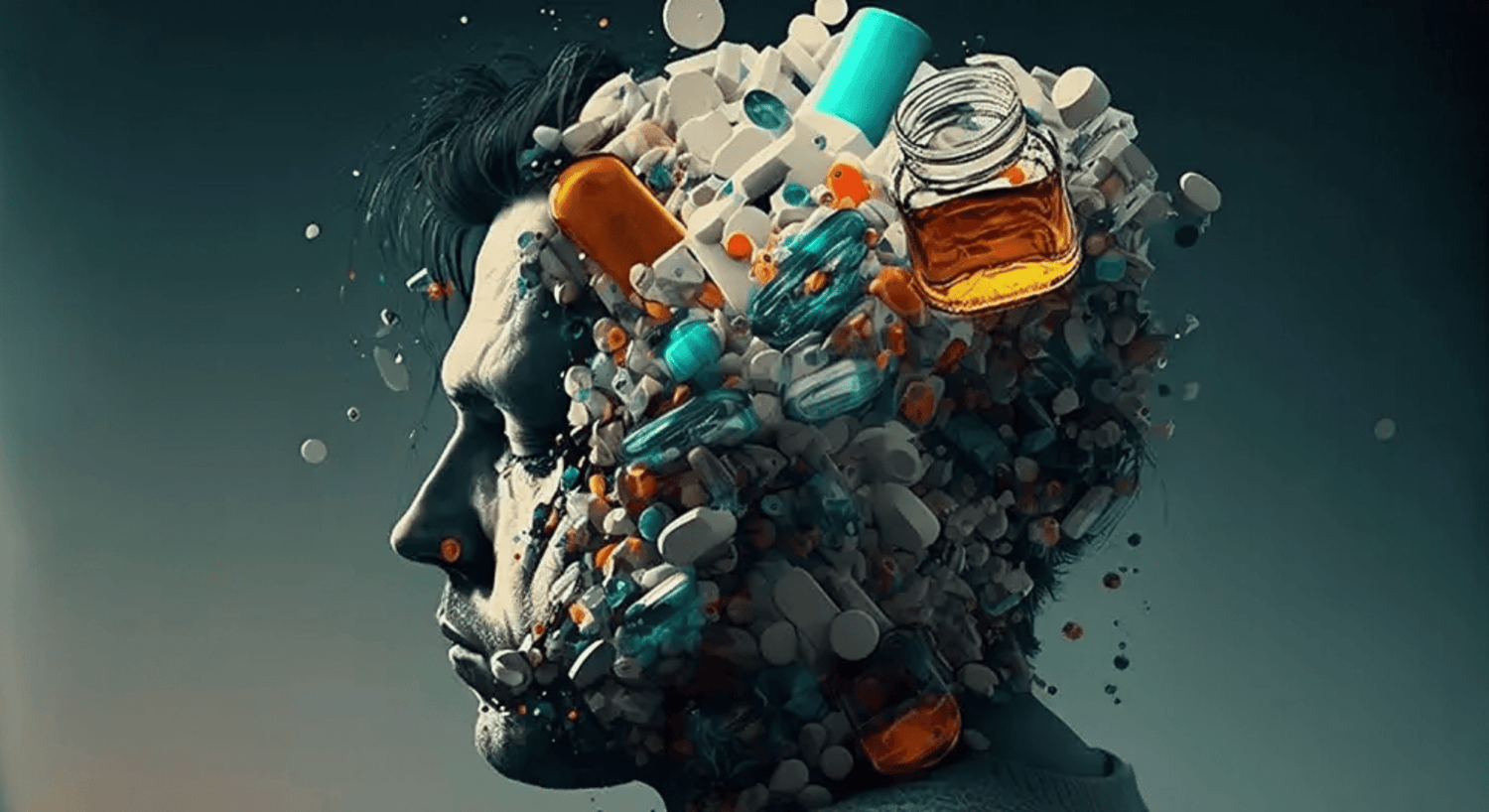

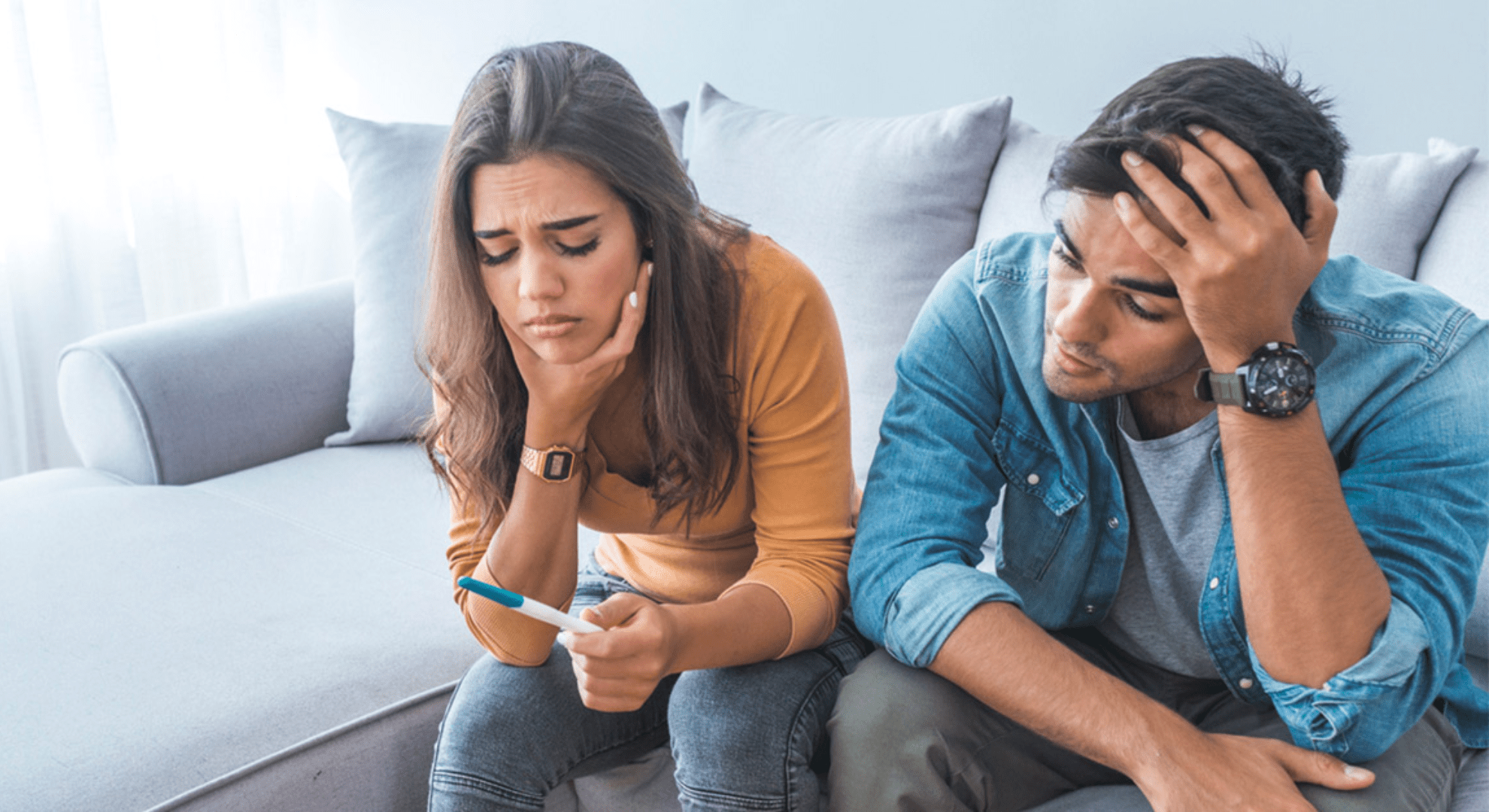
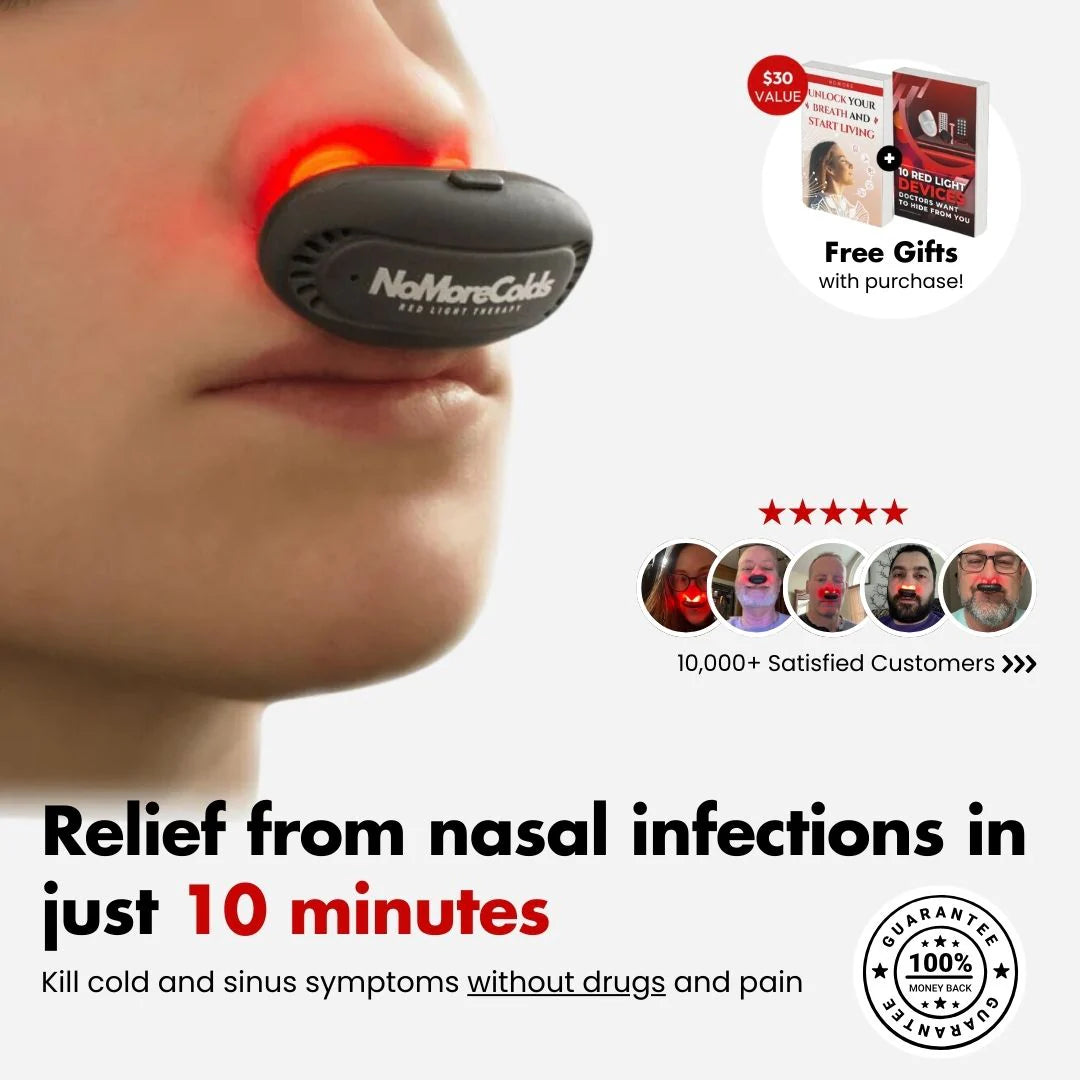
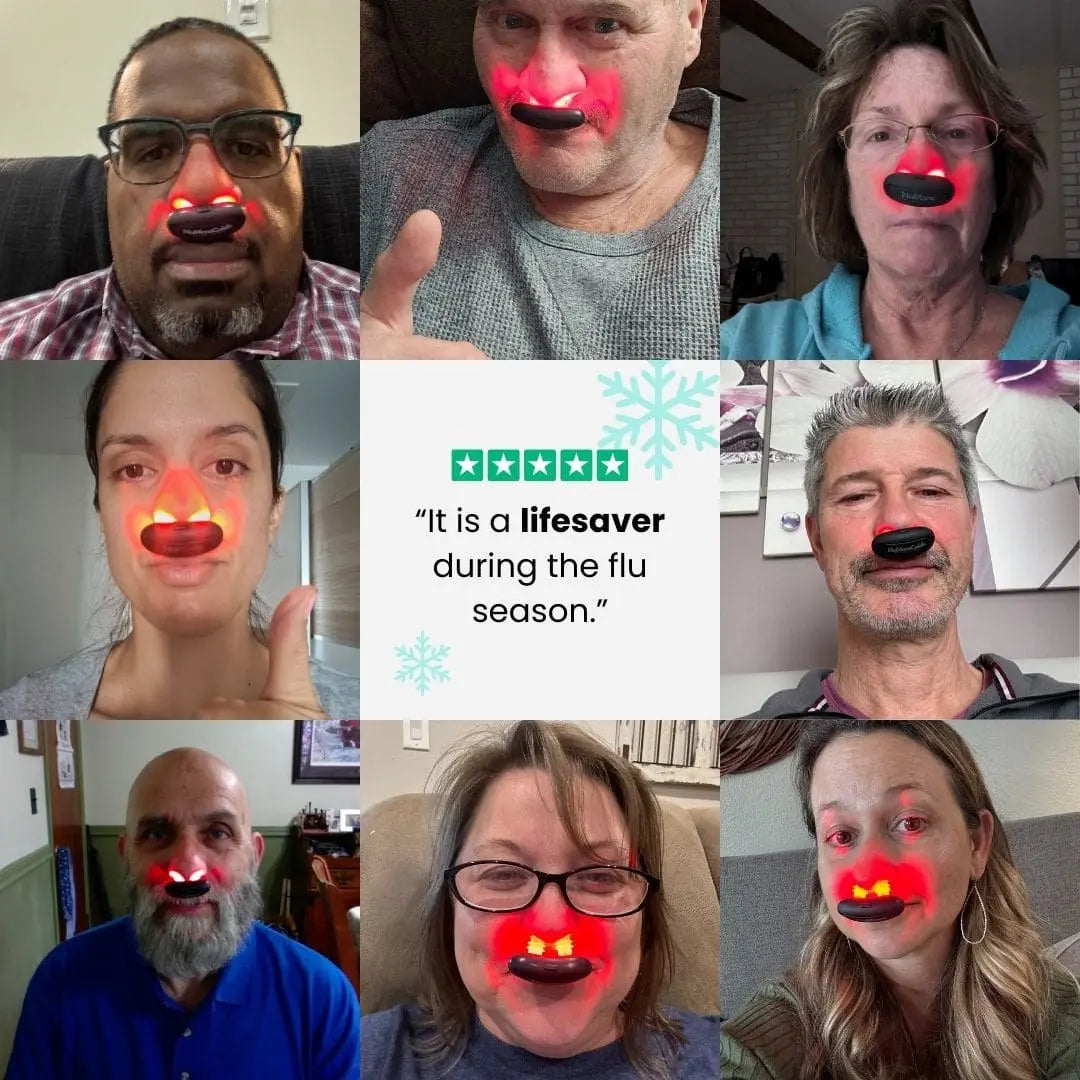
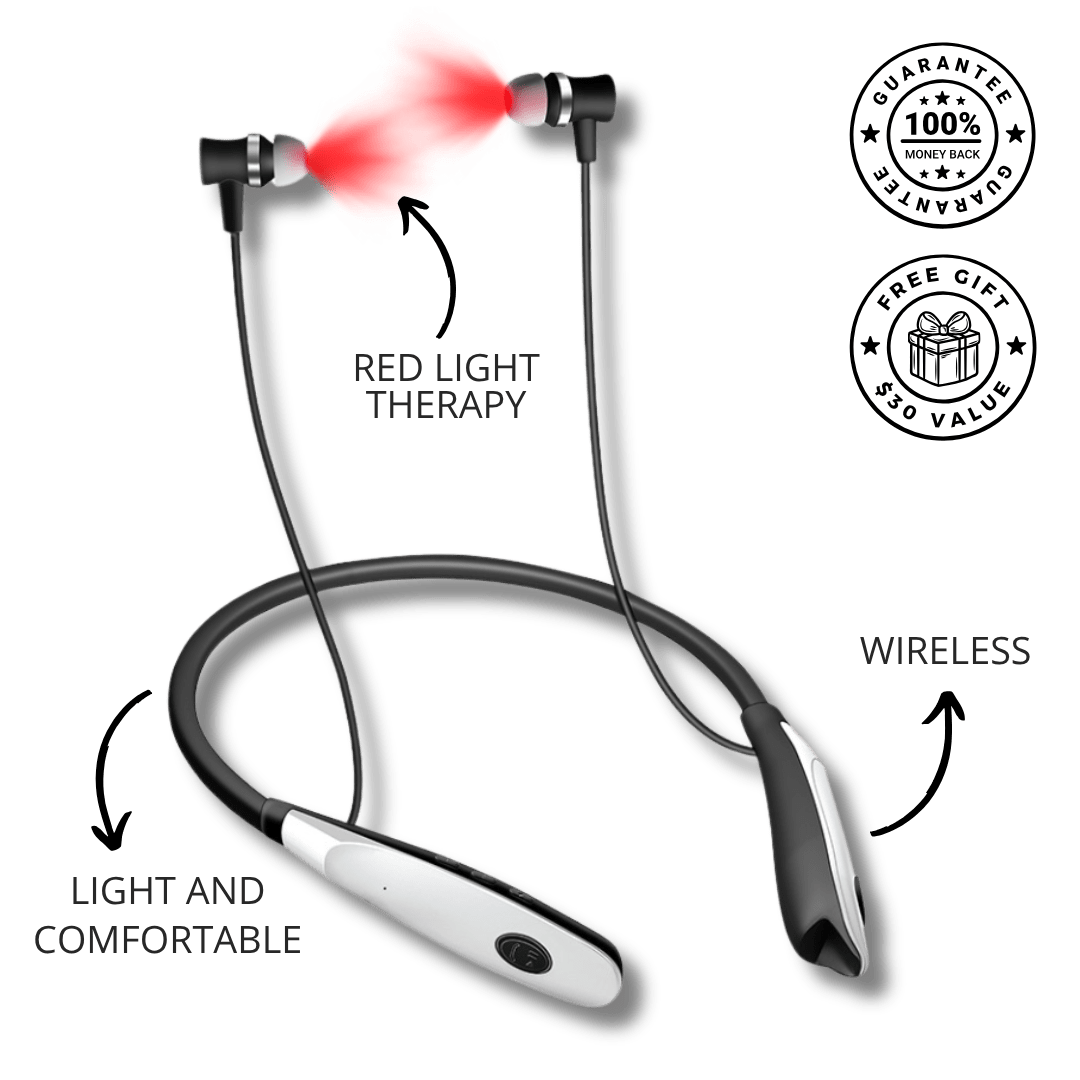
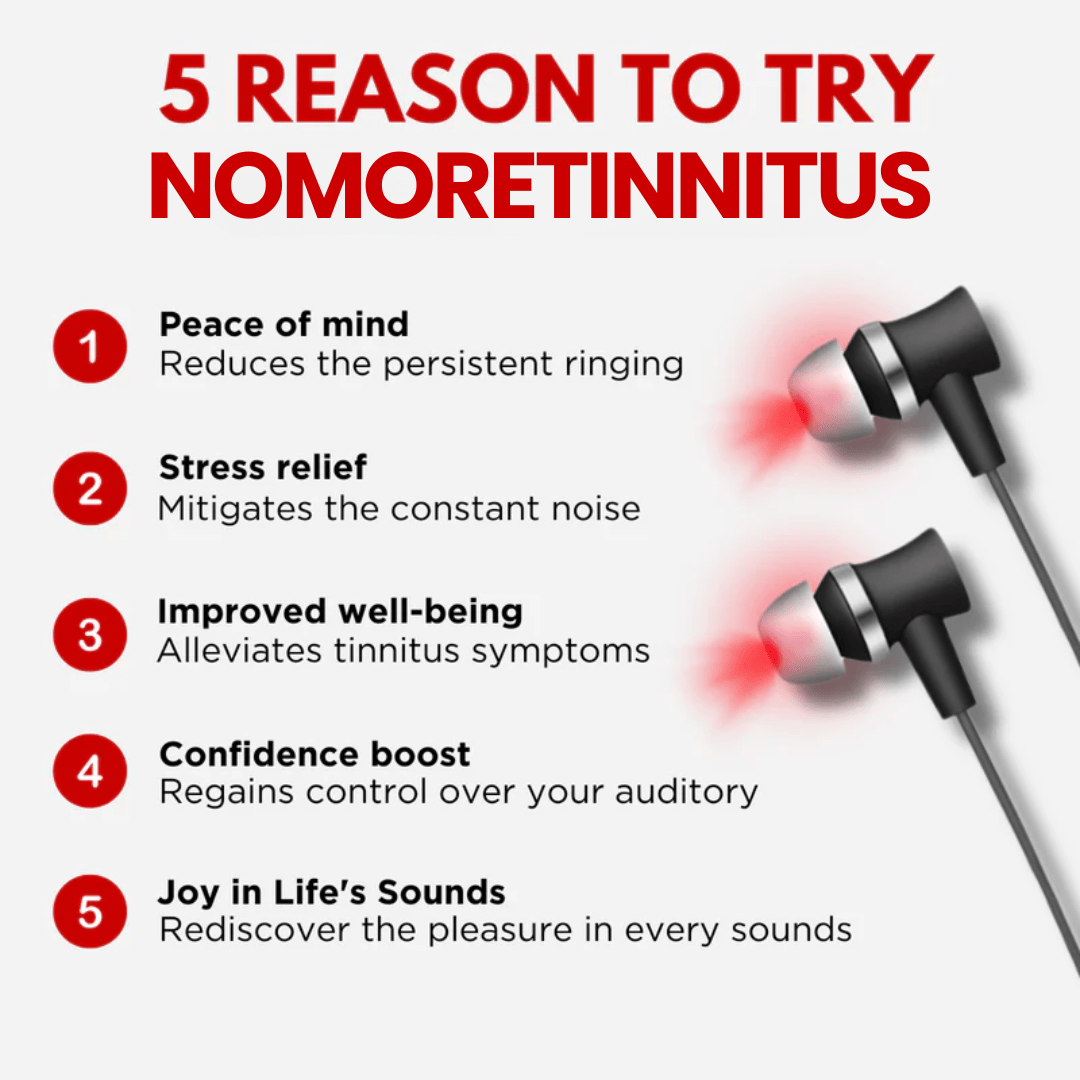
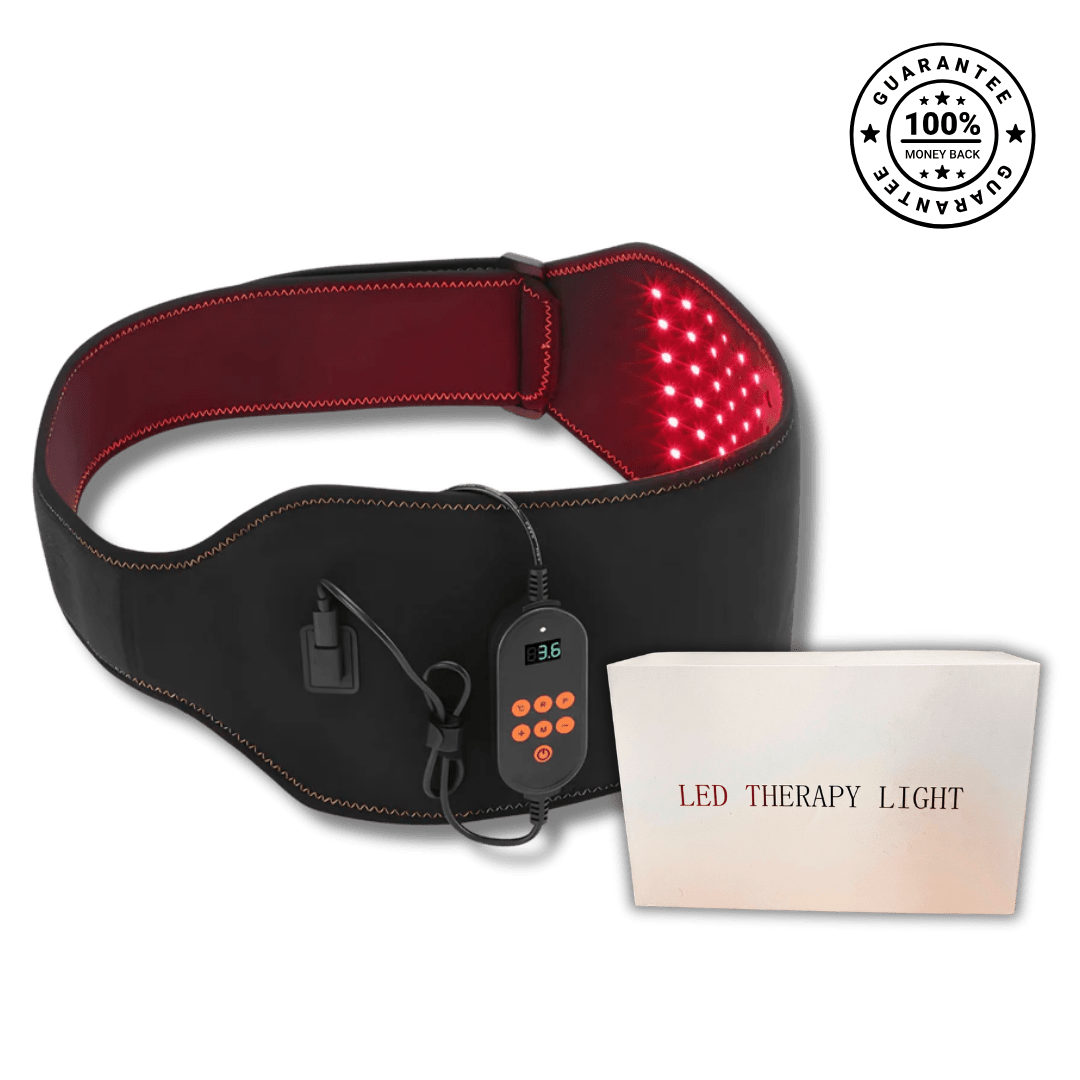
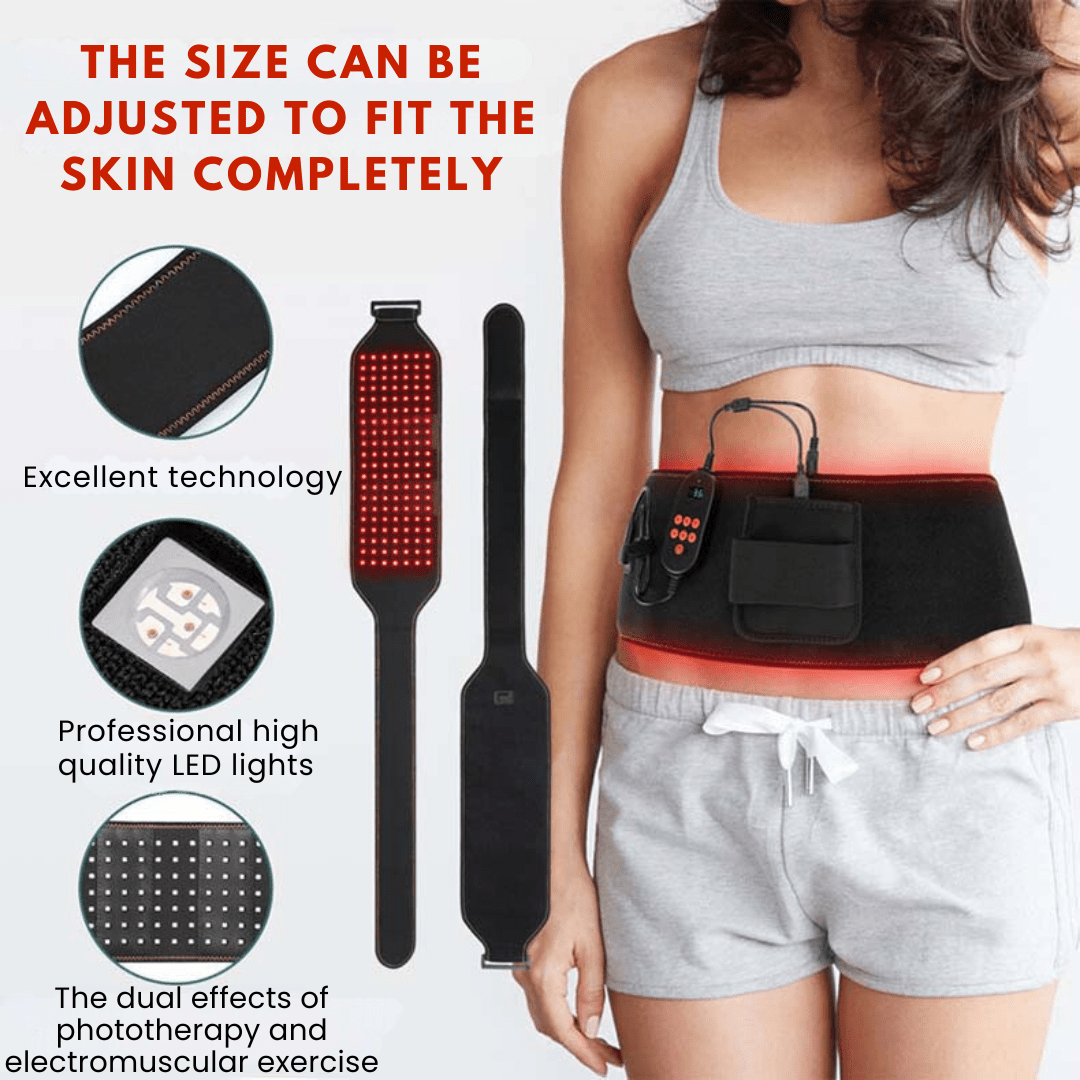
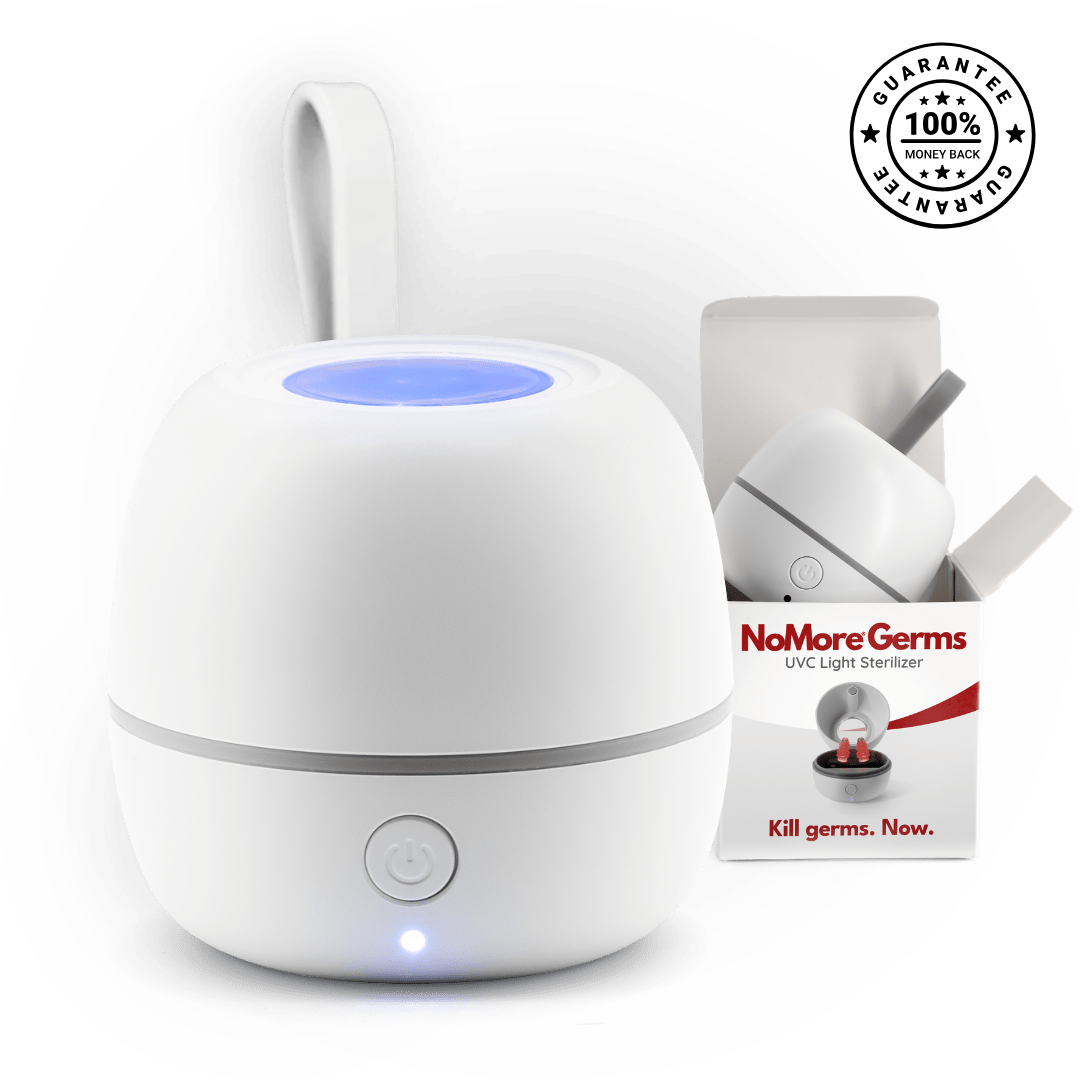
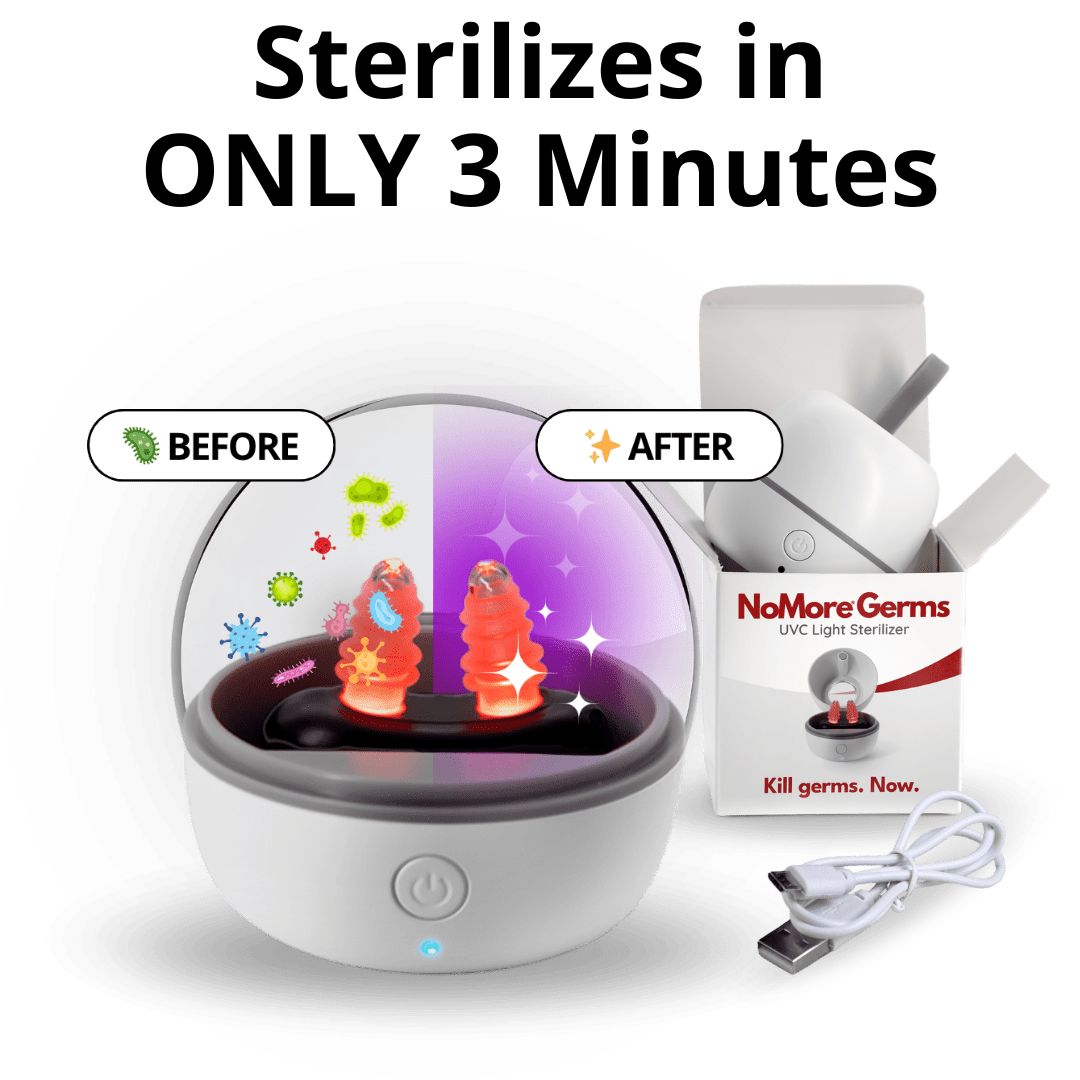
Leave a comment
All comments are moderated before being published.
This site is protected by hCaptcha and the hCaptcha Privacy Policy and Terms of Service apply.